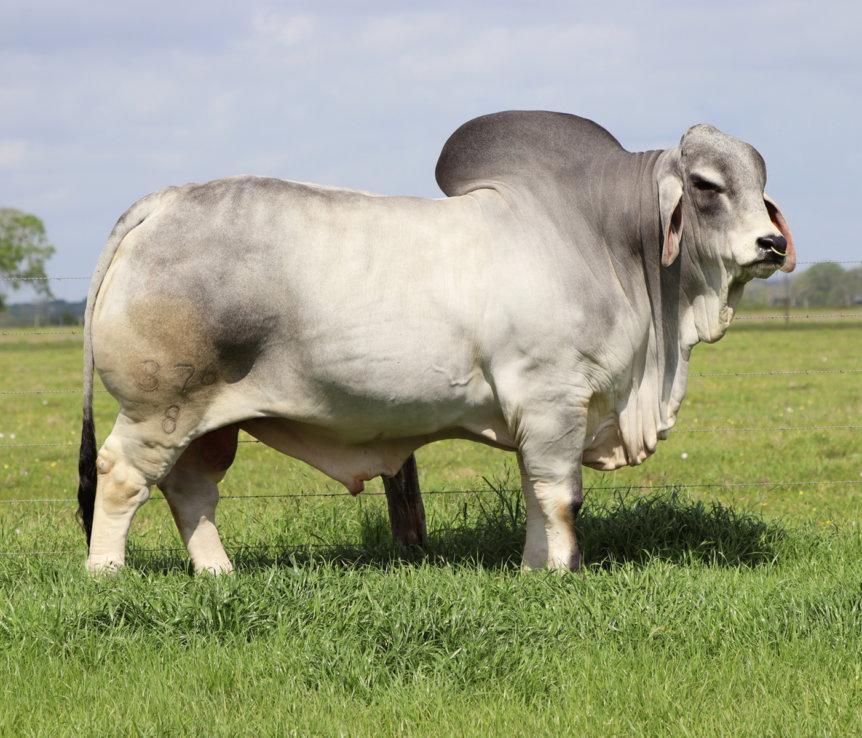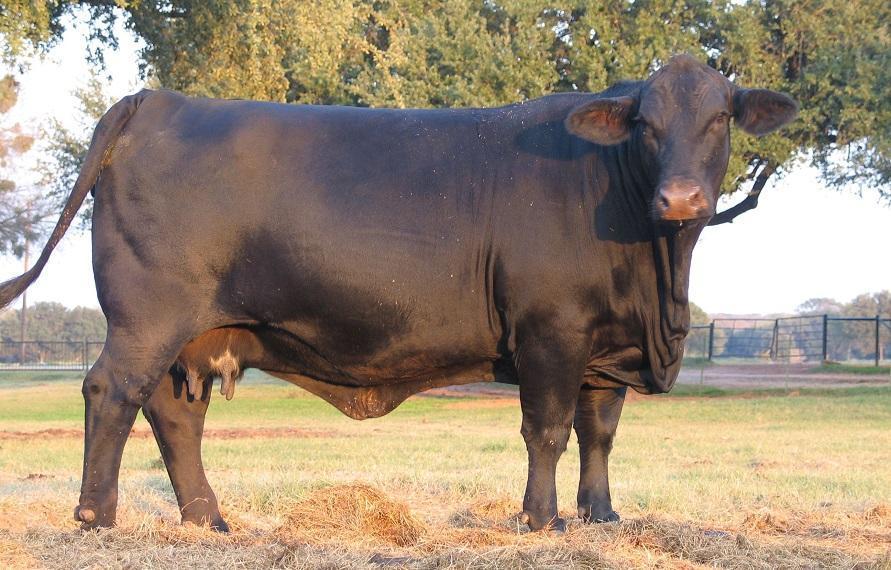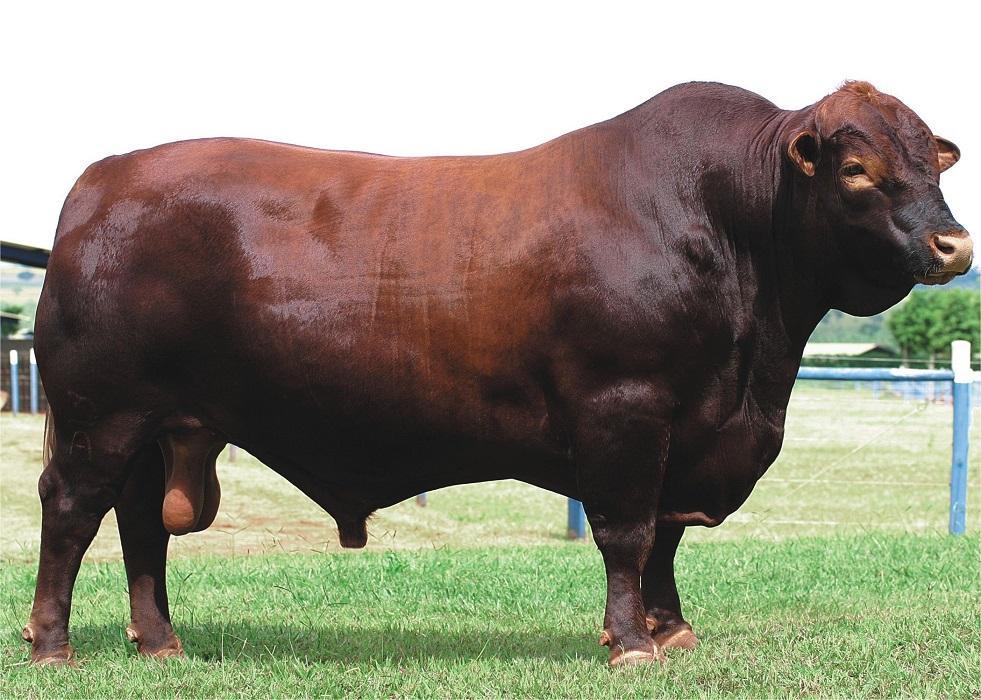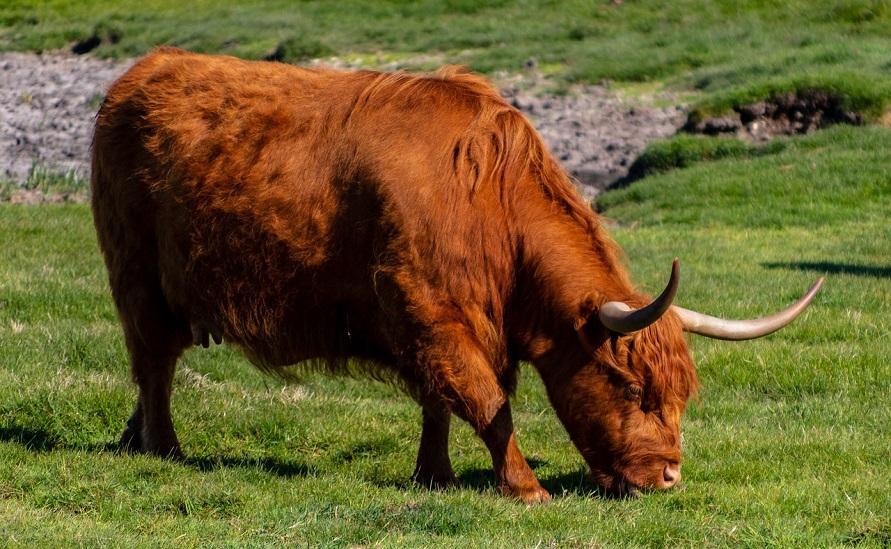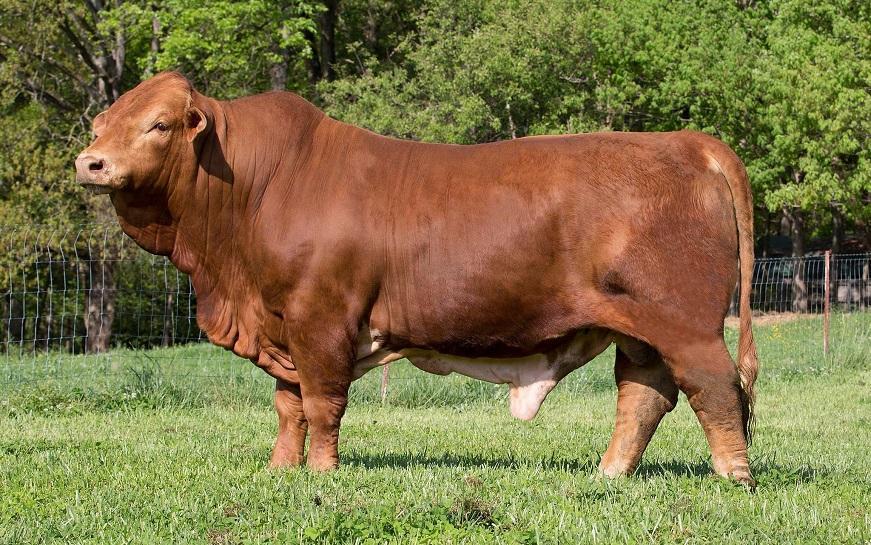Horned Sheep Breeds
Horns, while essential for the defense of wild sheep, serve little practical purpose for domestic breeds. As a matter of fact, the horns can hurt their handlers and get caught in fences or feeders. Despite these challenges, horned sheep remain popular, with some breeds specifically reared for their aesthetic appeal.
Sheep horns have a bony core covered by a keratinous outer sheath. They grow continuously throughout the sheep’s lifetime but do not regenerate if broken or removed. Generally, sheep horns are larger and more curved than those of goats, which tend to grow straight.
List of Different Sheep Breeds With Horns
In some breeds, both males and females have horns, while in others, only the males are horned. Typically, the male sheep or rams have larger and more impressive horns than the females or ewes.
| Breed | Which Gender Has Horns | Description of the Horns | Purpose of the Breed |
|---|---|---|---|
| Jacob | Rams and ewes | Two vertical center horns and two small horns that grow downward | Meat, skin, and wool |
| Wiltshire Horn | Rams and ewes | Rams have spiral horns, with one turn added each year until they reach full maturity; ewes have shorter, backward-curving horns | Meat |
| Dorset Horn | Rams and ewes | Heavy and spiraled | Wool |
| Exmoor Horn | Rams and ewes | Curved with one and a half turns | Meat and wool |
| Hebridean | Rams and ewes | Black, curved, and occasionally scimitar-shaped | Conservation grazing |
| Scottish Blackface | Rams and ewes | Curved with one and a half turns | Meat |
| Afrikaner | Rams and ewes | Rams have amber horns with one and a half turns; ewes have short, thin horns | Leather |
| Alai | Rams | Long and curved | Meat and wool |
| Algarve Churro | Rams and ewes | Ridged, with the ram’s horns projecting outward in the shape of a spiral | Meat, also carpet wool |
| Arapawa | Rams and ewes | Long and spiralled | Wool |
| Boreray | Rams and ewes | Long and curved, with higher spiraling observed in rams | Conservation grazing, meat, and wool |
| Gute | Rams and ewes | Curved with one turn | Preservation |
| Icelandic | Rams and ewes | Curved with one and a half turns | Meat |
| Manx Loaghtan | Rams and ewes | Two grow upward in a slight curve, and two grow downward that are more curved | Meat |
| Navajo-Churro | Mostly rams but sometimes observed in ewes | Curved, with two growing upwards and two downwards | Pelts |
| North Ronaldsay | Mostly rams, about 20% of ewes have horns | Ridged and spiraled | Meat and wool |
| Ouessant | Rams | Curved with one turn | Wool |
| Racka | Rams and ewes | Long, spiraled, and extend in a straight direction | Meat, milk, and wool |
| Roslag | Rams | Large and curved | Meat and wool |
| Skudde | Rams | Large and spiraled | Meat, felting, and landscape grazing |
Dehorning or removing a sheep’s horns is discouraged as they play a significant role in the flock’s dynamics. Larger-horned rams tend to be more dominant in the hierarchy and face less competition from other males in the flock. Additionally, the horns have excess blood vessels that regulate temperature by adjusting blood flow.
Do Sheep Naturally Have More Than Two Horns
While most sheep have two horns, some display multiple horns and are said to be polycerate. For instance, the Manx Loangtan and Jacob sheep are known to have four horns as a standard. Some Manx Loangtan sheep have even been recorded to have six horns.


